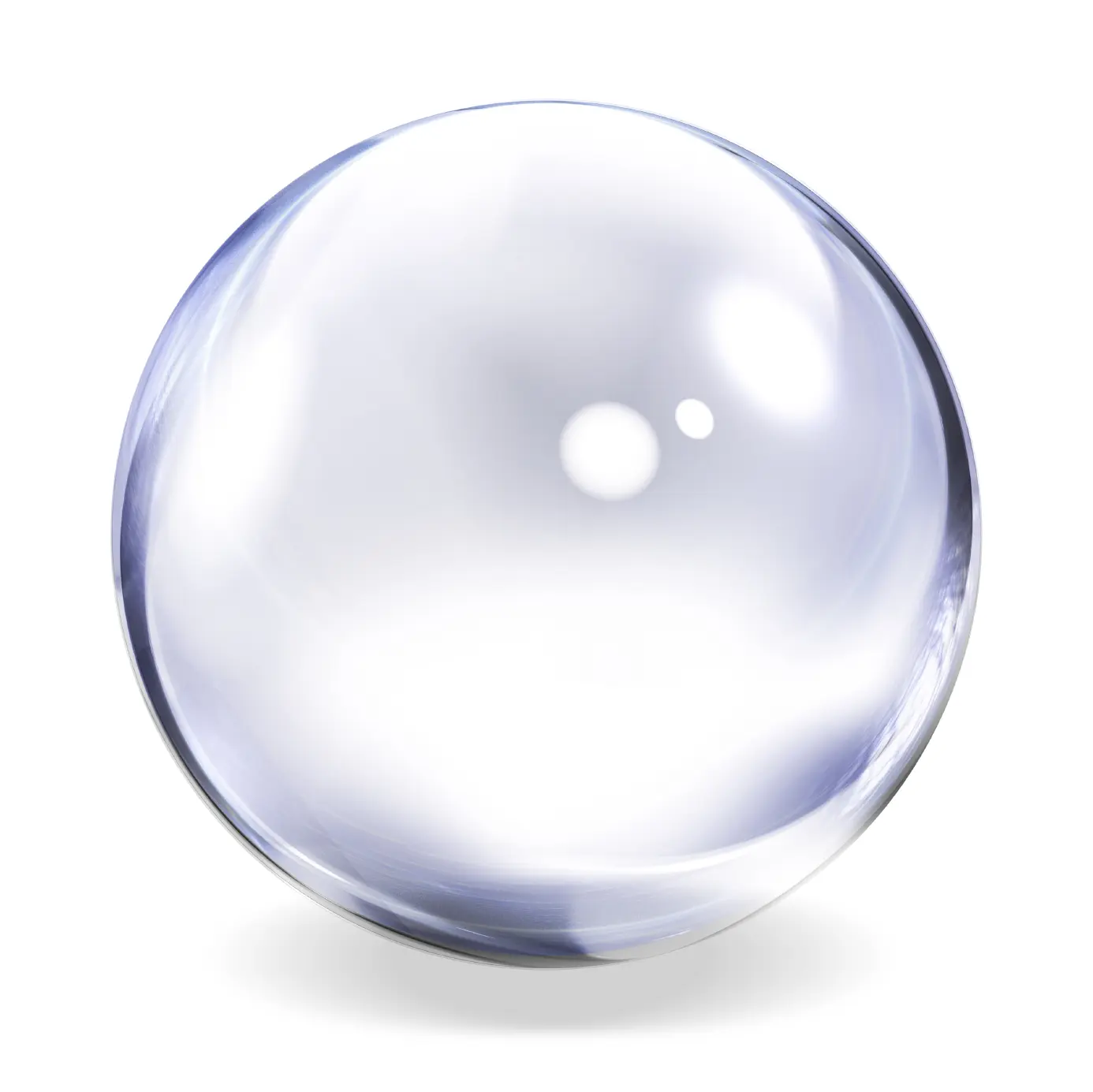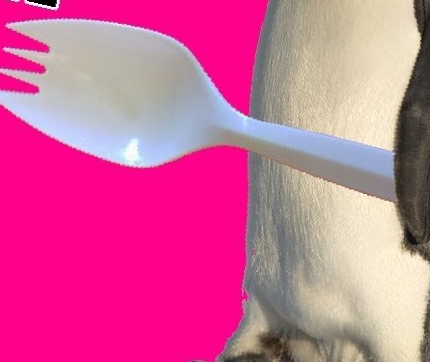You know, Hexagons are the bestagons. Why? Because bees. Bees are the best and build only the bestagon, the hexagon. Now, I know what you’re thinking. Bees build hexagons because they’re hexapods with hexagon eyes. How could they do otherwise? Excellent point. But the humble bumble has an engineering problem to solve. She makes two things: honey and wax. The former to eat, and the latter to contain the former. To make but a little honey, she must visit a lot of flowers. And to make one unit of wax, she needs eight units of honey. Wax is costly for bees in flower terms, and honey is drippy in food terms, so to make a hive that contains the maximum honey while using the minimum wax is royally vital. Thus, a honeycomb conjecture. Which shape works best? To answer, we need to talk tiles. Tiling is covering a surface with a pattern of polygons. There’s lots of options because there’s lots of polygons. Even the regulars go on and on-agon. Now for bees picking patterns, the more complicated ones obviously use more lines than necessary. That’s what complicated means. And thus a honeycomb of that tile would use more wax per honey. So sticking to the simple regulars, there are just three that tile tightly. Triangle, square, and hexagon. Pentagons are broken hexagons that leaves gaps. Same with Septagons. Octagons are alright, but they’re no hexagon. Which leaves the tiling trio which tile differently. A square is a square of squares, which is a square and so on. Squares tile tidily by basically cheating, covering an infinite plane with an infinite number of parallel lines. Like, wow, that’s what a plane is. Boring! Triangles pull the same trick, dividing themselves into infinite nothing. But not the hexagon! The only regular polygon to tile a plane without resorting to debasing self-division, unlike some squares I could mention. At least triangle is trying to be more geometrically interesting than square, teaming up a bit to… one, two, three, four, five, six. Wait, hexagon! The other shapes can’t help it. They just want to be the bestagon. Even some of the irregulars, like rhombus, tile by hexagoning. Same with your triakis tiles, and deltoidal trihexagonals, and your, ah, kisrhombille, and floret pentagonals. Look, they’re all just hexagons. Even Cairo tiles (poor pentagons) tile up as best they can do to form a lumpy hexagon. The rest just can’t compete with the best. The hexagon, nobly indivisible, is the bestagon. Uhh, where were we? Oh right, honeycomb conjecture. Max honey. Min wax. Three options. Okay, yes, there’s the circle. A shape defined by the least perimeter for the most area, but that only works when you need just one. Pack circles and this is the best they can do. Look at all that wasted space! And even if you pack the gaps, you still use more wax. And again the way these circles, arrange themselves… it’s almost like… onetwothreefourfivesix hidden hexagon! Bees use the hexagon because no shape is better to create the maximum area for the minimum wall. And this min-max stat of hexagon is one of the many reason they show up everywhere. Including in the aforementioned bee’s eyes. Each hexagon is a long tube that leads to the light-catching cells at the bottom. More light equals better vision and hexagons let the most light in using the least amount of wall. So why aren’t your eyes hexagons? Au contraire mon ami, they are L’hexagone. Not on the outside, but on the inside. Your light catching cells are at the back of your eye, in a hexagonal grid for the same reason as bees. Max light, min wall. Your window to the world, is but through the hexagon. Does that not make it the bestagon? Okay maybe hexagons as a min-max-agon doesn’t catch your fancy. Then how about a little mystery, oui? Let us travel to Saturn. Yes, the rings are attention-grabbing, but leave the equator, travel north and here lies the unexplained. The Great Hexagon of Saturn. Need something for scale? Well, here’s the Earth. Oh, here’s six Earths. Saturn’s hexagon is pretty big. What is it? Well, you might be thinking it’s a geological formation. An enormous basalt column like the smaller versions you find on Earth. But no. Saturn is a gas giant. There is no surface or geology to speak of. So the great hexagon is composed of shapeless clouds somehow keeping shape and changing color. It’s a magnificent solar system mystery. And, while I’m no space archeologist, if I was looking for an alien-gifted monolith, on the most “look at me” planet, under a hexagon beacon with earth-sized sides, that’s where I would start. After all, what aliens would want to make first contact with the nearby monkeys before they became enlightened to pursue the universal truth. Hexagon is the bestagon. From the largest down to the smallest. Say for example, this tiny snowflake I happen to have, that have six sides, as all snowflakes do. Gee, what could cause that to be? Let’s zoom down to the atomic realm and see. When water molecules join together to make a flake, the sturdy shape they prefer is the hexagon. As more molecules join, they extend the flake fractally up. The beauty of the snowflake on the monkey scale, is but an extension of the hexagonal perfection on the atomic scale. Okay, yes, you will sometimes find snowflakes with twelve sides, but this happens when two growing snowflakes get stuck together, so it still counts. And the hexagon isn’t just for snow, but for all ice 1H, which means basically all ice on earth. Yeah there’s a little ice 1C which we don’t talk about because it’s made of cubes, and cubes are boring. And there’s a bit of ice 9. No, don’t touch that. But if there is ice in your drink, give thanks to the hexagon for keeping it cool. And it’s not just water. Lots of atoms use hexagons because… (take a note) hexagons are the bestagons. Oh, using a pencil? Get ready to have your mind blown about the hexagon here too. The lead. Well, it isn’t lead lead, it’s carbon. And you know what carbon atoms think is the bestagon? The hexagon. Pencil graphite is a whole bunch of hexagonal carbons, and when they happen to be in a straight sheet, that’s graphene. Which happens to be the strongest atomic material in the universe. Some of which is in that pencil. To tear a sheet of graphene apart, you would need a hundred times more force than to do with steel. Hexagon is strong-a-gon. This is because when hexagons come together, they form three-sided joints 120 degrees apart. This, for the least material, is the most mechanically stable arrangement. Pull on one joint, and the other two equally pull back, push in, and the other two are the most able and stable to resist. Now look anew at a tiling of hexagons and you see it is composed of nothing but these max stable joints, each arranged perfectly to help the others be stronger and stabler. This is another reason hexagons show up everywhere. The universe blesses stability in her physics, from those basalt columns, to bubbles which, as soon as they can, ditch their spheres to become as close to the hexagonal perfection as they can. That’s so cool. Oh right, yes. So if your pencil lead contains some of the strongest material in the universe how can your write with it? Okay, okay. This is going to get even more exciting. While hexagons are super strong this way, they aren’t super strong this way. On a small scale, that means your pencil can break off in layers to leave a mark. But on a big scale, hexagons can be flexable while keeping their strength. Which allows us to create some totally unreal materials. Print out a grid of hexagons in whatever, from aluminum to cardboard, make a little sandwich, and pow! You’ve got honeycomb paneling. A ridonkulously tear-resistant material that’s also super light and flexible. It’s used everywhere but particularly in aviation. Rockets need to be strong yet light. Same for aircraft. With wings that really can’t tear but also need to bend. And only the magic of the honeycomb panel can do both as well. Give thanks to the hexagon for blessing our flight. And we still haven’t yet discussed the most important application of the hexagon. Games! For centuries there has been great debate over boards, squares of hexagons? Spoiler… hexagons win. Square boards are the first thing an unenlightened species would think of. They look sensible and are easy to implement, but they are terrible, ineffective boards that cause spatial suffering. On a square board move horizontal or vertical once space and you’ve moved one space, but move diagonal and the distance is the square root of two spaces. Gross. Diagonals warp the distance pieces move. Square boards look even and tidy, but it’s deceit. Their diagonals corrupting the meaning of space and time, and of course they must, because a square only has four true neighbors. Hexagons, however, have six which is more than four, which is better! And the distance from once space to the next is the same in every direction. One space. Just as it should be. If you’re a game based on squares, I’m so sorry. But there is hope. With thought and effort, you can hexagon yourself into a better place. As we all should aspire to do, spreading order and hexagonal enlightenment for, hexagons are the bestagons. And now that you agree, with your eyes will see their six-sided perfection in all things. And you will say to yourself, as part of the order, hexagons are the bestagons.
Triangles pull the same trick,
At least triangle is trying to be
i want to disagree. let me think how i’m going to do that…
Well, i asked Triangle, but she does not agree with what you wrote. Instead she beautifully rang the following horribility:
“A bee hive is a monarchy and the workers do as they are told. they hate hexagon, they want to do art instead, curves, geometric impressions, fractal figures and dadaismic alike shapes, but they fear punishment and so they do the hexagons they hate instead, because the monarch prefers them to do things they hate.”
Saturn is a gas giant.
Pumba, with you everything is gas!
(at 0:57) https://youtu.be/q1O57ZijwPQ?si=HwUp9mCQbtHg92sR
😎


